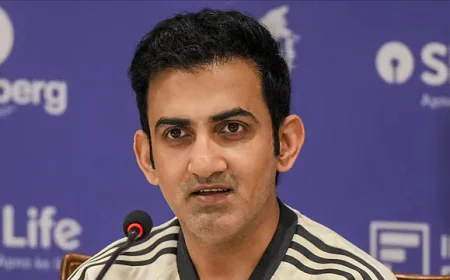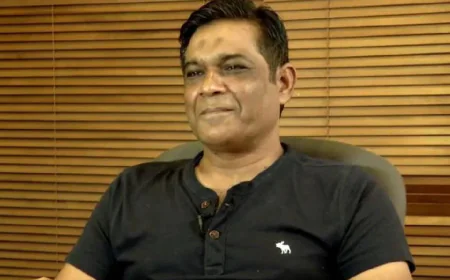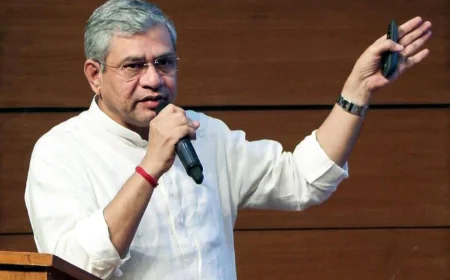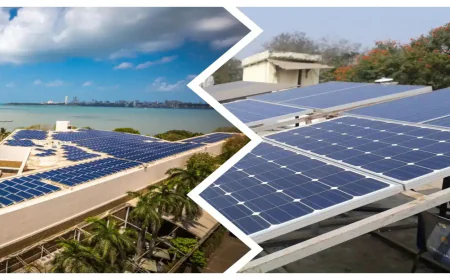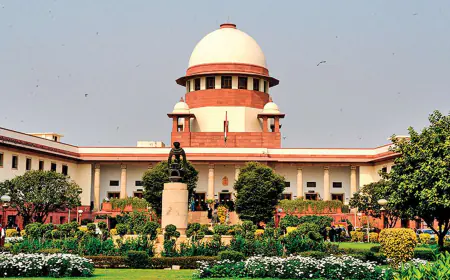Modi Govt Announces Biggest GST Cut in 8 Years; Daily Essentials, Electronics to Get Cheaper From October
GST: There are four slabs in GST. These are in the range of 5, 12, 18 and 28 percent. Under the new system, the 28 percent tax slab will be abolished. This slab includes cars and electronics.
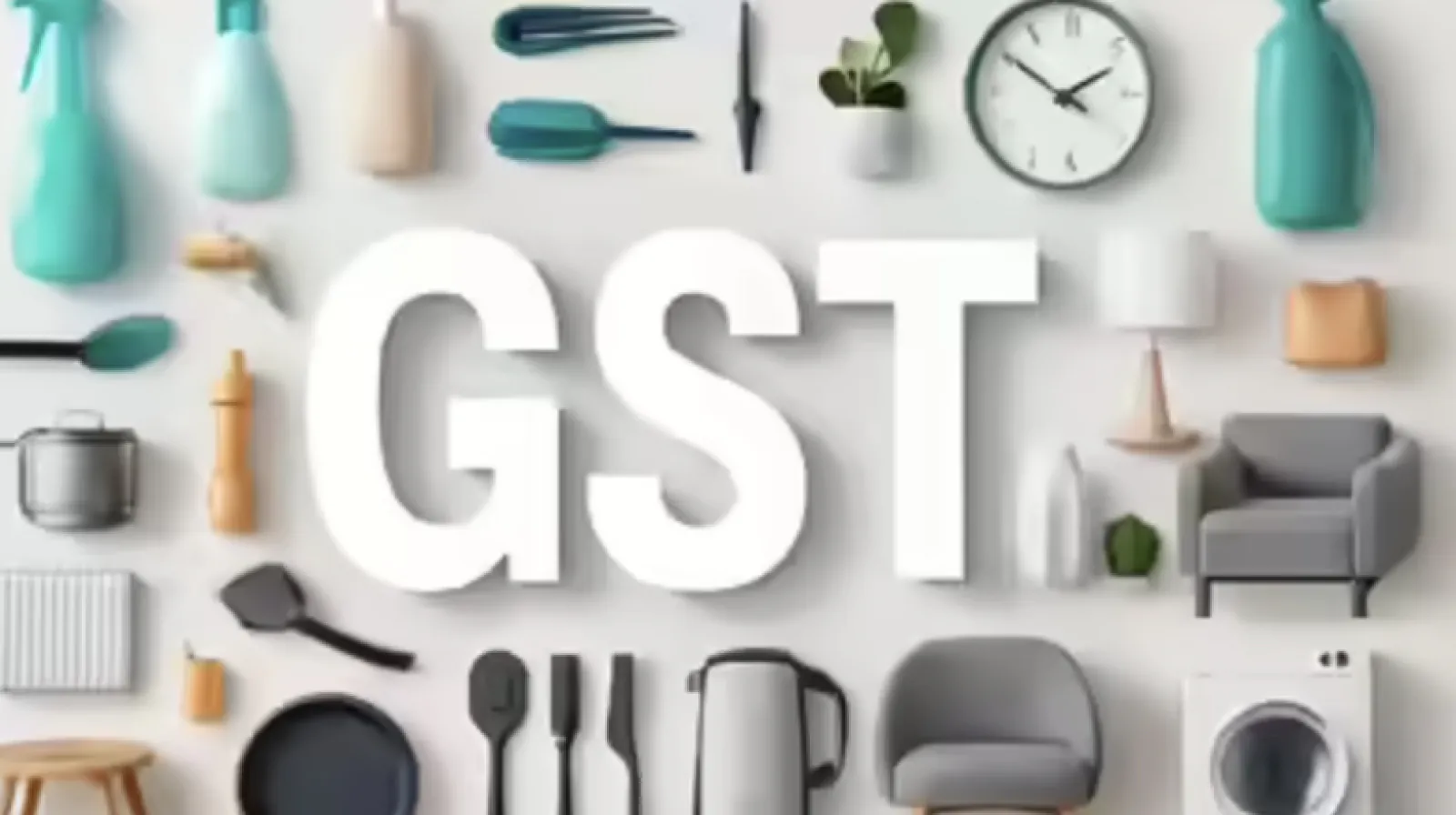
The largest tax cut in eight years in the Goods and Services Tax (GST) will pressure the government's revenue but will boost economic growth. Additionally, it will enhance Prime Minister Narendra Modi's image amid the ongoing trade war with America. The threat of American tariffs will lessen, and India is expected to benefit significantly from this decision in managing its pressures. Lower tax rates mean more money remains in people's hands, which will likely increase consumption.
IDFC First Bank states that these cuts will lead to higher consumption at lower levels as goods become more affordable. This could boost the country's economy by 0.6 percent in a year. However, the state and central governments will lose about $20 billion annually. Observer Research Foundation Fellow Rashid Kidwai said that this move could improve weak stock market sentiment. It also offers political gains for Modi ahead of the crucial Bihar elections. Kidwai added that the GST reduction will positively impact everyone. Income tax cuts affect only around three to four percent of the population. Modi is implementing this amid considerable pressure from US policies. The move is also expected to benefit the stock market, which has become politically significant due to its many retail investors.
In the largest tax reform since 2017, the Modi government announced major changes to the GST system, making daily essentials and electronics cheaper from October. The GST has four slabs at 5, 12, 18, and 28 percent. Under the new system, the 28 percent slab will be abolished, which includes cars and electronics. Almost all items formerly in the 12 percent category will be moved to the lower 5 percent slab. This will benefit many consumer goods and packaged foods. The 28% and 12% slabs accounted for 16% of last fiscal year's $250 billion GST revenue.
GST on automobiles, currently in the top slab, will be simplified into a single slab to prevent disputes over classification based on engine size and length. A lower GST rate will boost demand and sales, making cars cheaper and increasing consumption. The Group of Ministers will review GST rate rationalization on August 21. Following this, the GST Council consisting of Union and state finance ministers will meet next month to finalize the GST rate structure.
Want to get your story featured as above? click here!
Want to get your story featured as above? click here!
A government official said this is among the top economic reforms in India. The new system means nearly all commonly used items will fall under a lower tax bracket, reducing prices and increasing consumption. The NextGen GST was proposed to meet the needs of the middle class, the poor, farmers, and MSMEs. Once implemented and India becomes more developed, a single-rate GST might be considered.

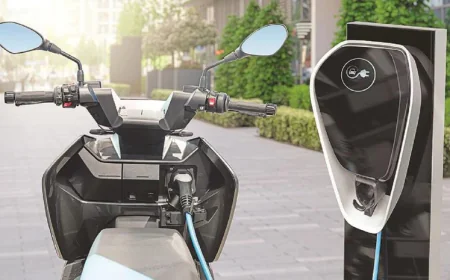




































.jpeg)

















































